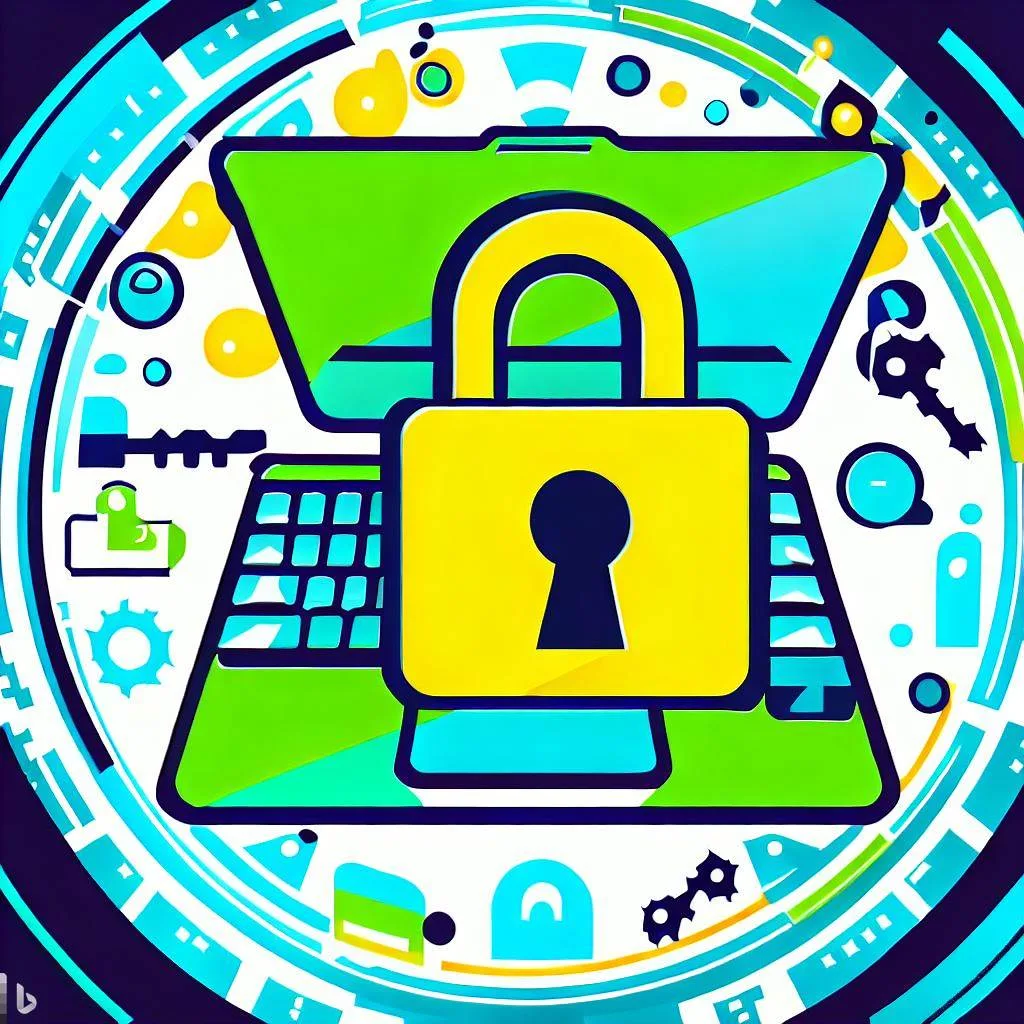Creating a password security policy for a team of developers who need to access common FTP or SSH resources involves balancing the necessity of shared access with the risks associated with password sharing. Here’s an overview of best practices derived from the provided sources, tailored for enterprise-level development teams:
Use a Password Manager
- Implement a password manager to securely store and share passwords among team members. This ensures that passwords are encrypted and accessible only to authorized users. Features like shared collections and granular access controls can help manage password distribution efficiently [1].
Only Share Passwords When Absolutely Necessary
- Limit password sharing to instances where it is truly required. This reduces the risk of passwords being exposed to unauthorized individuals [1].
Create Shared Passwords Within Collections
- Utilize the collection feature within the password manager to organize shared passwords. This allows for easy access and management of passwords without compromising security [1].
Reset Shared Passwords Regularly
- Establish a schedule for reviewing and resetting shared passwords. Regular changes help mitigate the impact if a password is compromised [1].
Require a Challenging Master Password
- Enforce the use of complex master passwords for accessing the password manager. This adds an extra layer of security, preventing unauthorized access to stored passwords [1].
Enable Two-Factor Authentication
- Implement two-factor authentication (2FA) for accessing both the password manager and the shared resources. This adds an additional verification step, significantly reducing the risk of unauthorized access [1].
Strengthen Access Control
- For SFTP or SSH resources, enforce strong authentication mechanisms such as two-factor authentication or public key authentication. This ensures that only authorized individuals can access the resources [2].
Regularly Update and Patch Software
- Keep SFTP or SSH software up-to-date with the latest security patches. Regular updates protect against known vulnerabilities that could be exploited by attackers [2].
Implement Granular Access Controls
- Assign user roles and permissions carefully to restrict access to specific files and directories. This prevents unauthorized access to sensitive information [2].
Encrypt Data in Transit and at Rest
- Ensure that data transferred via SFTP or SSH is encrypted using strong encryption algorithms. Additionally, encrypt data stored on servers to protect it from unauthorized access [2].
Monitor and Audit Activity
- Implement monitoring and auditing tools to track access to shared resources and detect any suspicious activities. This helps in identifying and responding to potential security threats promptly [2].
Educate Users on Security Best Practices
- Provide ongoing education and training to team members on security best practices, including the importance of strong passwords, recognizing phishing attempts, and the proper handling of shared credentials [2].
By adopting these practices, development teams can minimize the risks associated with password sharing while ensuring secure access to necessary resources.
Keep in mind, the practice of changing passwords frequently, especially without a compelling reason, is generally discouraged due to the negative impacts it can have on security and usability. The National Institute of Standards and Technology (NIST) has shifted away from recommending frequent password changes, acknowledging that this approach can lead to weaker passwords and increased security risks.
Key Points from NIST Guidelines:
- Avoid Frequent Changes: NIST advises against enforcing regular password changes unless there’s evidence of a security breach or unauthorized access. This stance is based on the observation that frequent changes often result in users creating weaker passwords or resorting to predictable patterns, thereby undermining security [1][2][4][5].
- Use Strong Passphrases: Instead of focusing on frequency, NIST encourages the use of strong, memorable passphrases. These are easier for users to remember and less likely to be guessed or cracked by attackers [2][4].
- Password Storage and Handling: Emphasizes the importance of how passwords are stored and handled. Ensuring that passwords are securely managed, whether through password managers or secure storage solutions, is crucial for maintaining security [4].
- Security Awareness Training: Incorporating security awareness training into the organization’s routine can help employees understand the importance of strong passwords and the dangers of predictable password changes. This training can complement password policies by educating users on best practices [4].
Practical Implications for Development Teams:
- Selective Password Sharing: While sharing passwords is generally discouraged, it may be necessary in certain scenarios. In such cases, ensure that passwords are shared securely and only with trusted individuals. Consider using a password manager with shared access features to facilitate this process safely.
- Incident Response Plan: Develop a plan for responding to suspected password compromises. This should include procedures for changing passwords, notifying affected parties, and investigating the cause of the breach.
- Audit and Monitoring: Regularly audit password usage and monitor for signs of unauthorized access or suspicious activity. Tools like Netwrix Auditor for Active Directory can provide insights into password policy modifications and help identify potential security issues [1].
- Educate and Communicate: Make sure that all team members are aware of the password policy and understand why frequent changes are not beneficial. Clear communication about the rationale behind the policy can help foster a culture of security awareness.
By aligning with these guidelines, development teams can strike a balance between maintaining robust security measures and ensuring that password policies are practical and effective.




![Crafting Unforgettable Passwords: A Guide for Developers A string of random characters typically has higher entropy compared to a few common words due to the vast number of possible combinations. For example, a 10-character lowercase password has roughly the same entropy as a 4-word passphrase picked from a 5000-word dictionary [5].](https://passwordclinic.com/wp-content/uploads/2024/06/automation-section-3-150x150.webp)





![At [Company Name], we recognize the importance of securing our digital assets and protecting sensitive information. One of the primary ways we safeguard our systems is through the effective use of passwords. This policy outlines the standards and procedures for creating, managing, and protecting passwords within our organization.](https://passwordclinic.com/wp-content/uploads/2024/06/OIG3-59.jpg)
